In March 2020, we have been holding individual and group check-ins for #ImpactWomen – women who lead social enterprises, Bcorps, activist groups, community businesses – to build “Islands of Sanity“.
The reason why some of us are not always dealing well with uncertainty is because of:
- Mixed messages from various sources
- The general confusion about what to do first, when and how
- Fear about our own physical and mental health limits and possible consequences
- Panic behaviour that can be somehow more alarming than the risk of illness itself.
Finally when you run a business, you have to deal with a lack of business continuity (no trade, cash flow issues, confusing communications with stakeholders, lack of clarity from your own support system, issues with the decision-making process).
Therefore in a VUCA environment (contexts presenting high levels of Volatility, Uncertaintity, Complexity, Ambiguity), it is important to create islands of sanity.
What is an island of sanity?
This term was coined by Dr Margaret Wheatley. She reminds us to create islands of sanity amidst an ocean of challenges as these challenges of climate change, hunger, political upheaval, pandemics and various levels of violence are overwhelming.
To start creating islands of sanity, you need to identify a few tools and practices that boost your decision-making capacity and help you gain clarity about your next steps.
There are 3 key tools that can help you get started
1. Long term planning (long term is not what you think…)
It’s like a business plan, which most of us are used to build. The difference is most of the time, business plans use future scenarios that are not extreme, where there seems to be a fair amount of continuity and most of the time, plans are linear and include quite optimistic projections, because there is a high level of predictability. And there’s mostly one scenario only. These business plans do not prepare for the level of risks we are meeting today. So a long term scenario (let’s do 90 days -absolutely maximum- in our current situation) needs to identify the worst case and best case developments of your business or situation in the following contexts:
a) The most negative (politically, economically, environmentally, socially, etc.)
b) The most satisfying, where the incident is short term and affairs settle down fairly rapidly, support structures are enabling and forthcoming.
c) The most “absurd” situation… (I let you use your imagination, be wild)
You can use this or use something different. There are various ways to build futures thinking scenarios. Look at how the Institute for the Future had built its very famous Map of The Decade in….2010).
But remember: you need to think rather short term at the moment. The usual “causality, correlation” scheme is not present. You haven’t got enough clear data to work with either.
Start by being clear about the elements of your ideal outcome, and your final high-level expected MVP: minimum viable product ; or MVS: minimum viable service/situation. This can be your most critical objective. Think like your mission statement for this period. Break down this 90 days period in high level “sprints” of 2 weeks increments, that include what you need to tackle.
Then move on to middle term planning…
2. Middle term planning (much shorter that you thought)
In our situation, this means looking at 1 or 2 weeks in advance. As above, you will call this a “sprint”.
Discuss, identify and map your key features. Draw an impact map that shows and visualise your issue. List on post-its or draw on an online white board the elements you will be looking at during your week (Team, Suppliers, Salaries, Family, Neighbours, Stakeholders, food, pets, childcare, finances, legal measures, job interviews if you are a social entrepreneur in transition, stakeholders you should be interacting soon, your team’s to dos, but also immaterial items such as underlying health issues, and dysfunctional issues that preceded the pandemic. List everything. Roughly map them as essentials and non essential (for now).
TIP: if you are doing this in a team context, do this WITH your team, not on your own. Diversity of thoughts will be key. Hidden assumptions get revealed and you focus on gaining collective clarity. (Let everybody have a go).
Then using the MoSCoW methodology, remember of your ideal (but realistic outcome) and organise the features more precisely: Must-Haves – Could haves – Should Haves – Won’t Haves.
Your decisions will not be perfect, and that is fine for now. If you have a board or external wise people, have them look at your prioritisation and give you some independent feedback. Let your team challenge your views.
Not everything will be done during this two weeks sprint. Aim to build a robust timeline, but one that leaves enough spaces for daily stand-ups and potential last-minute changes. So include a majority of must haves but also 20% of should haves or could haves. If your time runs up, you can always drop the “Could Haves”.
This process forces you to slow down and use critical thinking to make better decisions in a difficult moment.
At the end of each sprint, you will evaluate – during a retrospective – what worked, why it worked, what didn’t happen and why and you will candidly cover the lessons learned as a team. When that is done, you can plan your following sprint based on these conclusions.
3. Short term – over a day.
This is where you are going to gather with your team, albeit remotely if needed and conduct a daily “stand-up” (inspired by the scrum methodology). You need to set this up at the same time every day, preferably at the start. This is an important step. Routine is great to amplify feeling of security. Focus only on what you can do in that day. Be human, be kind to yourself (and others).
The whole point of Scrum and Agile – like methodologies is that they are very suited for teams needing to produce outcomes as they are entering a zone of unpredictability.
During the daily stand-up, be mindful of the time. Each intervention shouldn’t last more than 2 minutes maximum. Do not interrupt. This is to allow everybody to have some time to offload (succinctly and specifically though) and share, through a focused process!
Each team member will answer the following three questions:
- What did you do yesterday?
- What is your intention today and what will you actually do?
- Are there any impediments in your way?
IF THERE ARE IMPEDIMENTS – Can the community share a tool/tip/advice to mitigate the obstacle? What is the one resource you can use that is in your proximity. When you have identified an obstacle that needs more in-depth discussion, connect with this specific colleague during another independent call. Let the rest of the team move on and start their day.
Read more about Scrum here and here.
Why is it important to do this?
Because if you stay inert you are at risk of creating more anxiety. If you do everything in random order, you will get the same disorganised and anxiety-generating outcomes. Taking control is not about realising a perfect outcome at the moment, it is about making your brain work in small pragmatic increments, and engage in a well choreographed decision-making process, looking at a day timeframe. You need to be disciplined and look at activities you can hardly break down in more than a few steps. If this is not the case, you need to put them into the week or 2-weeks sprint plan.
SOME RESOURCES WE SHARED DURING THE CHECK-IN
Business Resources: Checklist from the NextWomen (Women founders, Small Business owners)
UK Social Enterprise: SEUK (Social Enterprise UK) has a privilege access to Gov ministers. They will take your concerns to Government and fight to ensure the voice of the social enterprise community is heard – Share your case studies – http://ow.ly/wemc50yP63z #socent
Homeschooling The Remarkablz .https://theremarkablz.com/freeresources inspire children and young adults to explore exciting disciplines and aspire to their own superpowers regardless of gender, ethnicity or disability.
Personal Behaviour:
1- Slow Down to make better decisions in a crisis. (HBR)
2- Read the story about what to do when the abnormal becomes the new normal (from a NGO worker who has lived through the Nepal Earthquake in 2015 (He lived and worked in Nepal as an NGO worker for six years).
3- The importance of Critical Thinking – Linkedin Learning. (Pay Wall)
Remote Working – tools to conduct great meetups
Really useful thread on technicalities of remote working by jac kee from Association for Progressive Communications. Please take note, some important tips/tools are included. https://twitter.com/jhybe/status/1238116305191878659
About Islands of Sanity
Dr Margaret Wheatly coined the term “Islands of Sanity” – Dr Wheatley reminds us to create islands of sanity amidst an ocean of challenges. She admits that the challenges of climate change, hunger, political upheaval and violence are overwhelming
She is a writer, speaker, and teacher for how we can accomplish our work, sustain our relationships, and willingly step forward to serve in this troubling time
She has had over 40 years’ experience working with leaders on all continents, many of whom faced times of social disruption and loss, Dr. Wheatley challenges us to restore sanity–including the virtues of ethics, trust, kindness and generosity–as we focus on local efforts. Working with what we have, where we are, and who we’re with is the path to reinvigorating our best human qualities of generosity, creativity and community even as the general culture spirals into deeper fear, aggression and polarization.
She asks: “Who do you choose to be for this time?” “Are you willing to use whatever power and influence you have to create islands of sanity that evoke and rely on our best human qualities to create, produce, and persevere?”
Read an extract of Dr Margaret Wheatley’s Book
MENTAL HEALTH SUPPORT:
Check remote practitioners UK therapyhub.co.uk
LEGAL SUPPORT
You can keep up to date with legal firm BatesWells’s content focusing on the legal issues emerging from the coronavirus on their portal here: https://lnkd.in/ehUcWK6 If you’d like to talk further with them about any of the topics raised on their hub, or have any queries about other legal matters impacted by coronavirus, please send a direct message to this LinkedIn account or email BDM@bateswells.co.uk.
FINANCIAL SUPPORT – UK GOV:
BEIS are supporting eligible small businesses in every sector with grants
- £10,000 Small Business Support scheme
- £25,000 Retail and Hospitality Grant scheme to help with the impact of
Find out more http://bit.ly/33u4rtr
Servane Mouazan is the founder and managing director of Ogunte CIC supporting the women-led’s social entrepreneurship ecosystem. Please contact us if you need support and rapid organisational prototyping to manage dispersed teams, and leadership support, if you need to adapt your ways of working and routines to enable effective connectedness.
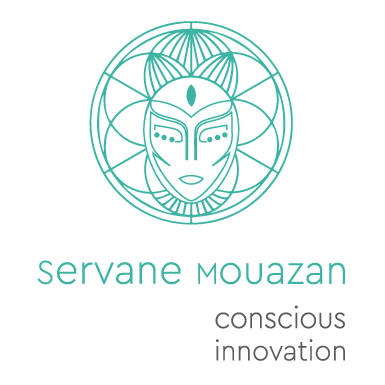
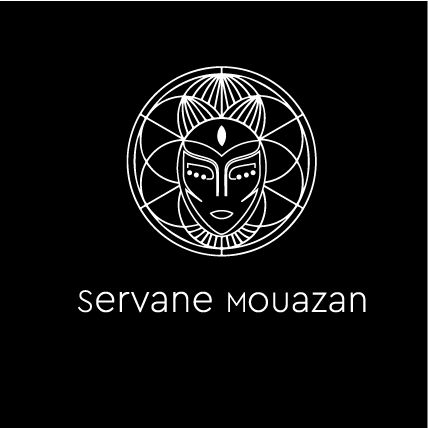
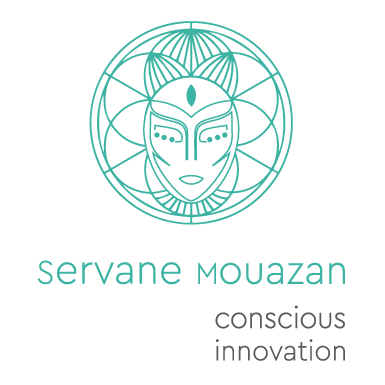
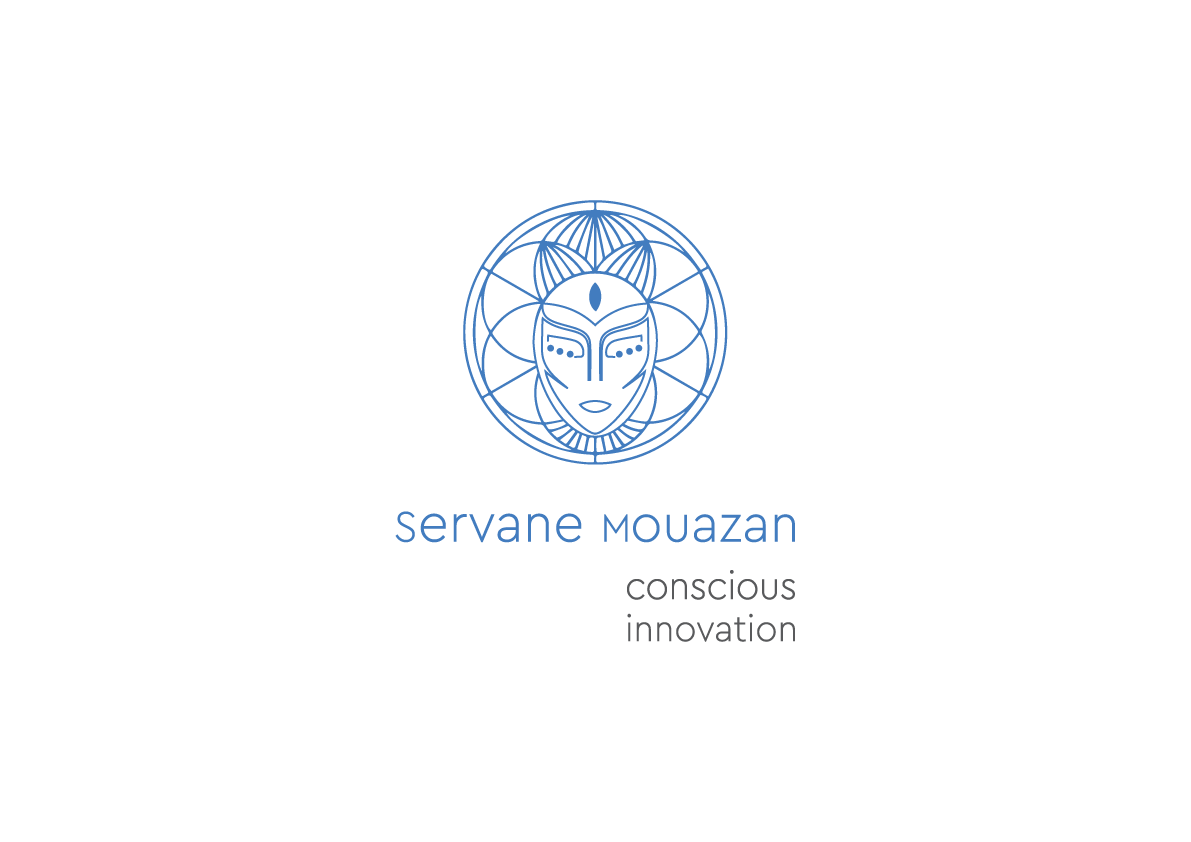

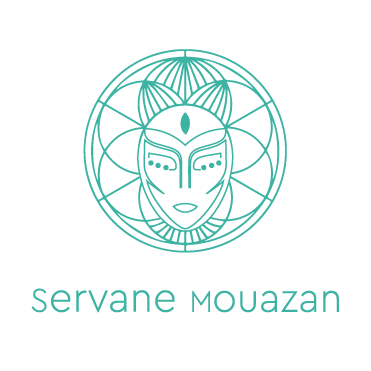
You must be logged in to post a comment.